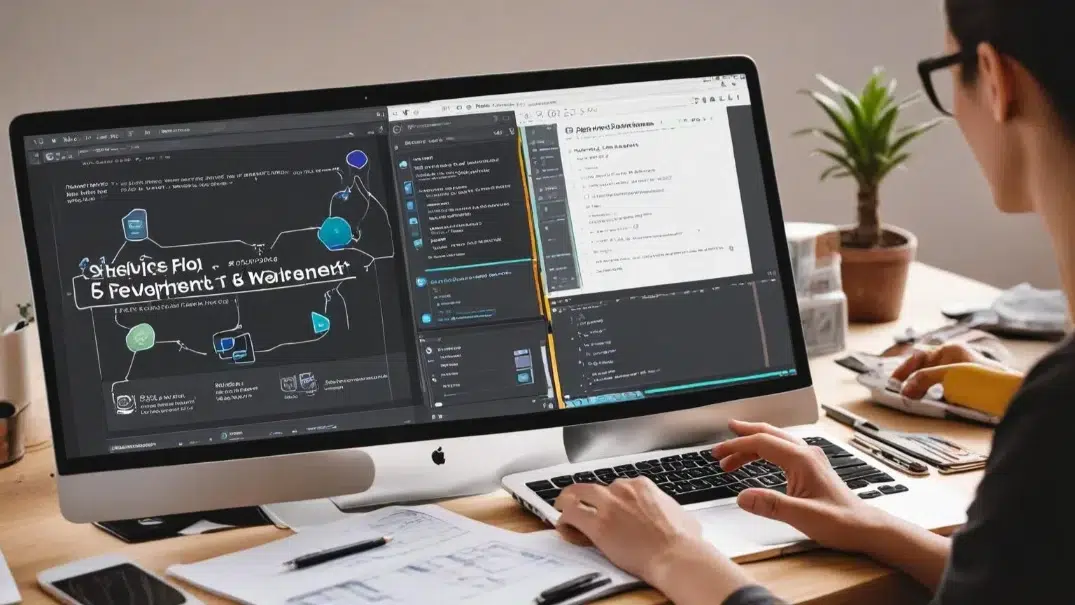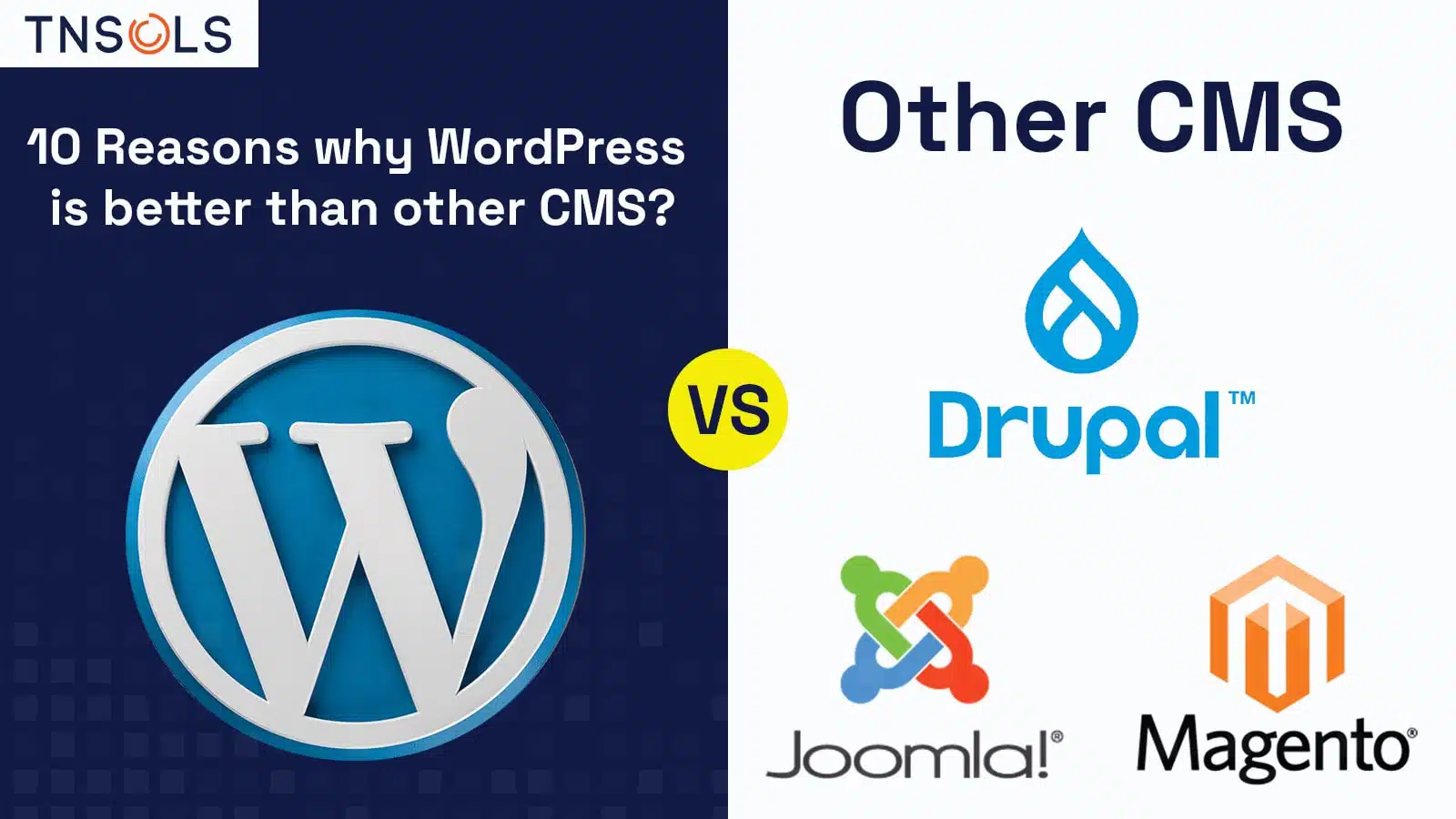When embarking on app development, understanding the five phases that shape the process is key to a successful outcome. From the initial Discovery Phase to the ongoing Maintenance and Updates Phase, each stage plays a crucial role in bringing your app idea to life and ensuring its relevance in a competitive market. So, as you navigate through the intricate journey of app development, exploring how each phase contributes to the overall success of your app will be pivotal in achieving your goals.
What Are the 5 Phases of the App Development Process?
Discovery Phase
In the mobile app development process, the Discovery Phase plays a crucial role in refining the app idea and setting the foundation for the project’s success. During this phase, you delve deep into understanding the competitive landscape, infrastructure integration possibilities, and the value your app brings to users.
By creating actors, use cases, and app design guidance, you lay down the groundwork for a successful project. This phase is where you identify potential pitfalls, align your app with user needs, and strategize to achieve a competitive advantage.
Moreover, in the Design Phase that follows, you assemble your project team, define responsibilities clearly, and craft a workflow design that ensures smooth progress. Developing a lightweight prototype and obtaining approvals for tasks are vital steps that stem directly from the insights gained in the Discovery Phase.
Design Phase
The Design Phase of app development involves transforming app specifications into visual designs while addressing technical requirements meticulously. This phase is crucial in creating a user-friendly and visually appealing interface that resonates with your target audience.
To ensure success during this phase, it’s essential to gather input from stakeholders, conduct market research, and create detailed wireframes.
During the Design Phase, your team will work on creating user personas, developing clickable prototypes, and establishing a style guide that reflects your brand identity.
Development and Testing Phase
During the Development and Testing Phase, your team will focus on implementing designs, integrating necessary services, and conducting thorough quality assurance checks to ensure app functionality and user experience meet expectations. This phase involves translating the design specifications into a functional app by coding the front end, back end, and API. By organizing design concepts effectively and implementing agile methodologies, you can streamline the development process.
Thoroughly testing the app for functionality and user experience is crucial. By identifying and fixing bugs, optimizing app performance, and conducting both preliminary and installation testing, you ensure a high-quality end product. Testing and verifying each phase are essential for optimal performance and user satisfaction.
Additionally, following an iterative development process, breaking down development into manageable models, and deploying the API into the production environment will help ensure scalability and proper configuration. Continuous iteration of development and testing is vital for success.
Deployment Phase
Deploying a mobile app involves releasing it after rigorous development and testing, ensuring a seamless transition to user accessibility. During the deployment phase, it’s crucial to streamline operations to shorten the time between development and deployment, whether through manual or automated processes.
This phase marks the moment where your hard work becomes accessible to users, requiring a strategic approach to ensure a successful launch. Involving marketing and advertising teams for promotion can significantly impact the app’s visibility and initial user adoption.
Technologies like programming languages, frameworks, and tools play a vital role in the deployment process, ensuring a smooth transition from development to user availability. By focusing on a well-structured deployment strategy, you can enhance user experience, establish a strong presence in the market, and set the stage for ongoing success.
Embracing this phase with precision and attention to detail will lay a solid foundation for your app’s journey towards user engagement and success.
Maintenance and Updates Phase
Moving forward from the deployment phase, the maintenance and updates phase plays a critical role in ensuring the continued success and user engagement of your mobile app. This phase involves providing necessary updates and maintenance post-launch to address user feedback and maintain app retention rates.
By actively listening to user suggestions and promptly addressing any issues, you show your audience that their experience matters, fostering a sense of belonging and loyalty. Regularly updating your app not only keeps it functioning optimally but also demonstrates your commitment to providing a top-notch user experience.
Additionally, incorporating new features and improvements based on user feedback can help keep your app relevant and competitive in the ever-evolving app market. Embracing the maintenance and updates phase as an ongoing process rather than a one-time task is key to keeping your app engaging and meeting the evolving needs of your users.
Frequently Asked Questions
How Can I Ensure My Apps Security During the Development Process?
To ensure your app’s security during development, prioritize regular security assessments, conduct code reviews, implement encryption for data transmission, employ secure authentication methods, and keep frameworks and libraries updated. Stay vigilant to protect user data.
What Are the Common Challenges Faced During App Deployment?
When deploying apps, you may face challenges like compatibility issues, server configurations, and user adoption. Ensuring thorough testing, clear communication with teams, and strategic rollout plans can help overcome these obstacles effectively.
Is It Necessary to Update the App Regularly After Its Launch?
Updating your app regularly after launch is crucial for staying competitive, fixing bugs, enhancing user experience, and adapting to evolving technology. It shows commitment to improvement and keeps users engaged and satisfied.
What Measures Can Be Taken to Optimize App Performance Post-Launch?
To optimize app performance post-launch, you should focus on testing thoroughly, fixing bugs promptly, and enhancing user experience continuously. Engage with user feedback, conduct regular updates, and ensure smooth functionality for success.
How Can User Feedback Be Effectively Incorporated Into App Updates?
To effectively incorporate user feedback into app updates, analyze comments for common themes, prioritize enhancements based on user impact, create a roadmap for implementation, communicate changes transparently, and engage users for feedback validation.
Conclusion
In conclusion, the five phases of the app development process are essential for creating a successful and user-friendly app. By carefully following each phase – Discovery, Design, Development and Testing, Deployment, and Maintenance and Updates – you can ensure that your app meets user needs, functions properly, and remains relevant in a competitive market.
Stay organized, strategic, and detail-oriented throughout each phase to maximize the success of your app development project.







Add Comment